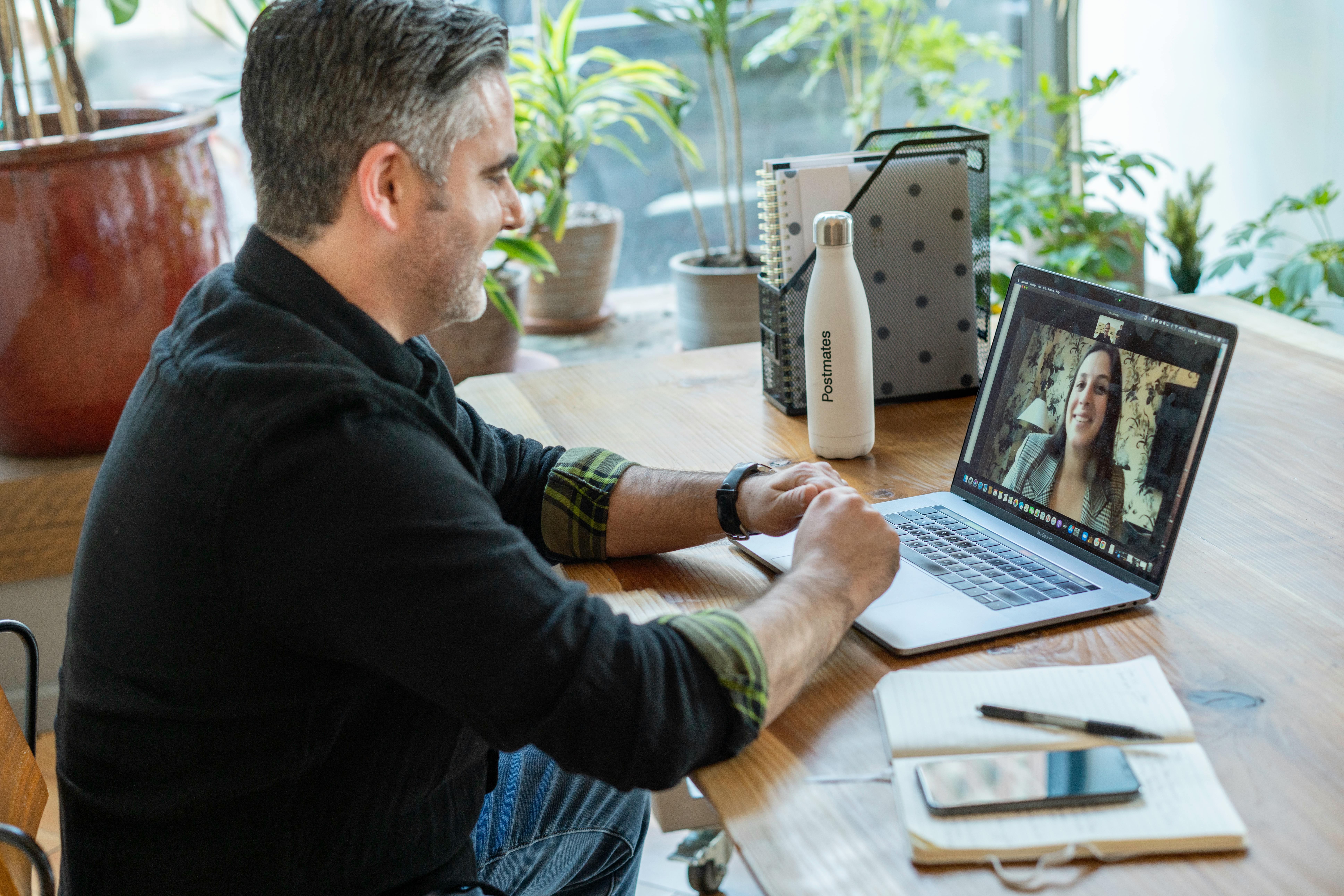Effective Strategies to Stop Puppy Biting
Puppy biting is a common concern among new dog owners, especially since puppies tend to explore their world through their mouths. Understanding how to effectively prevent and redirect this behavior is vital for both the puppy's well-being and the safety of everyone involved. Implementing the right strategies not only helps in managing biting behavior but also strengthens the bond between you and your puppy.
In this article, we’ll delve into some effective techniques to stop puppy biting, providing you with essential tips on training techniques, patience in dealing with biting behavior, and the importance of consistency in training. With a structured approach, you can help your puppy learn appropriate behaviors and establish a harmonious environment.
**Key Takeaways:** Achieving a calm environment, utilizing positive reinforcement, teaching commands, and ensuring socialization can create a well-adjusted puppy. Let's explore practical solutions and the psychology behind puppy biting.
Understanding Puppy Biting Behavior
Before tackling the issue of puppy biting, it’s crucial to understand the nature of this behavior. Puppies naturally tend to bite as a form of exploration and interaction. Their teething phase can also contribute to their urge to chew and nip. Developing an understanding of why puppies bite can inform your approach to training.
Puppies often bite to express excitement, playfulness, or anxiety. By recognizing these triggers, you can better manage and redirect their biting behavior. Additionally, puppies engage in play with their littermates, learning important social skills and boundaries through gentle nipping. Your role as an owner is to help them refine these skills within a human environment.
Overall, understanding puppy body language and their emotional responses is essential in managing their biting tendencies. Watching out for signs of stress or excitement can guide you in your training efforts.
Identify the Causes of Biting
Puppy biting can often be attributed to various underlying causes, such as teething, boredom, or the need for attention. The first step toward addressing these concerns is to identify what may be prompting your puppy's nibbling. For example, if your puppy bites during play, it may be their way of engaging or expressing excitement.
Additionally, some puppies may bite when they are anxious or overwhelmed during social situations, and redirecting their energy can be incredibly beneficial. Teaching your puppy to interact with other dogs and people through proper socialization ensures they gain confidence and learn the appropriate way to communicate without resorting to biting.
Establishing Training Consistency
Consistency is paramount in any training regimen. To effectively discourage biting, ensure that all family members apply the same rules and commands when interacting with the puppy. This unified approach creates clarity and reinforces learning.
For instance, every time your puppy bites, immediately redirect their focus and enforce the "no" command. If you consistently respond in the same way, your puppy begins to associate biting with negative consequences and learns to modify their behavior.
Moreover, employing positive reinforcement when your puppy engages in gentle play can strengthen desirable behaviors. By rewarding good behavior, you reinforce their understanding of what is acceptable and what isn’t.
Encourage Appropriate Play and Exercise
Providing suitable channels for your puppy to release their pent-up energy is essential in curbing unwanted biting. Engaging in play sessions and ensuring they have interactive toys can keep them occupied and reduce instances of biting out of frustration or boredom.
Introduce chew toys and safe items to redirect their biting habits. Additionally, regular exercise routines help in relieving energy, managing excitement levels, and promoting a calm demeanor. Taking your puppy on walks or engaging in fetch games not only maintains their physical health but also contributes to their mental well-being.
Implementing Positive Reinforcement Techniques
Using positive reinforcement is one of the most effective methods to modify a puppy’s biting behavior. This technique emphasizes rewarding good behavior while discouraging negative actions. When your puppy refrains from biting or exhibits gentle behavior during play, ensure to reward them with treats or praise.
Establishing a routine where you consistently recognize and reward your puppy for gentle interactions encourages them to repeat such behavior. Take note that the immediate reward is essential. If the reward is given minutes after the action, your puppy may not associate it with the good behavior you intend to reinforce.
To further enhance this method, consider incorporating verbal praises and gestures. This combination strengthens the bond between you and your pet while cultivating a positive environment.
Teaching Self-Control and Impulse Control
Teaching puppies self-control is crucial in eliminating unwanted behaviors like biting. Start this process by engaging in structured play sessions where you allow the puppy to become excited and then encourage calmness afterward. If your puppy begins to nibble or bite while playing, implement a time-out method by briefly stopping the game. This reinforces that biting leads to the end of fun.
Gradually, your puppy will learn that self-control during playtimes leads to more enjoyable interactions. Incorporate exercises that require your puppy to wait before receiving a treat or playing with toys. Over time, this builds their impulse control and reduces urges to nip.
Utilizing Socialization Strategies
Socializing your puppy is integral to their training and helps in minimizing aggressive biting patterns. Expose your puppy to various environments, different people, and other animals early on. Attending puppy training classes or playdates can introduce your puppy to positive experiences with peers, fostering good habits and reducing the likelihood of fear-based biting.
Monitor playtime and observe interactions with other dogs. Redirect your puppy if you notice them engaging in overly aggressive play or exhibiting nipping tendencies. Using controlled environments will help your puppy learn how to interact appropriately and develop their social skills.

Using Time-Outs and Distractions
Every puppy can benefit from learning limits through the use of time-outs. If your puppy bites excessively, calmly remove them from the situation and place them in a designated area for a short period to reflect and calm down. This short absence teaches your puppy that biting leads to the loss of playtime and interaction.
Additionally, offering distractions, such as toys or engaging activities, can redirect their focus away from biting. Provide appropriate chew items that satisfy their natural urge to bite while being safe for them. Observing your puppy's tendencies and directing their attention to suitable alternatives encourages good chewing habits.
Encouraging Non-Aggressive Play
Non-aggressive playtime is crucial in developing a well-behaved puppy. Engage in gentle play sessions that promote positive interactions. Encourage your puppy to play without resorting to biting, reinforcing gentle behaviors through positive reinforcement. Teach them appropriate games that do not involve mouthing or biting.
Using toys that promote interactive play can redirect energy while discouraging biting behaviors. For example, using tug toys or fetch toys fosters fun play without resorting to nipping at hands or feet.
Tracking Progress and Adjusting Techniques
As you apply training techniques, it’s essential to track your puppy’s progress. Observe their behavior over time and identify which strategies are most effective. If certain approaches are not yielding results, consider adjusting your methods or consulting with a behavioral expert for additional support. You may also explore puppy training courses that focus on behavior modification and management techniques.
Patience is critical as behavioral adjustments can take time. Your efforts will pay off in the long run as you develop a stronger bond and mutual understanding with your puppy. Regular evaluations will not only show improvements but also allow you to adapt training based on your puppy’s evolving needs.

Conclusion and Final Tips
By employing effective strategies and maintaining consistency in training, you can significantly reduce and eventually stop your puppy’s biting behavior. Focus on understanding their emotional triggers, establishing rules, encouraging appropriate play, and using positive reinforcement.
Developing a structured environment of patience, engagement, and understanding will foster a well-adjusted pet while ensuring a safe environment for everyone. Remember that every puppy is unique, and providing proper guidance tailored to their personality is crucial for success.
With time and dedication, you can guide your puppy towards becoming a loving and well-behaved companion. Embrace the journey of training and enjoy building a lasting relationship with your furry friend.
```